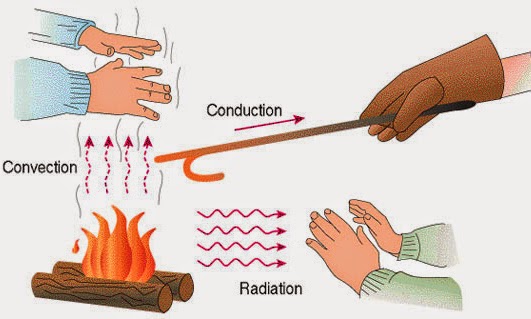An automobile is a vehicle that is capable of propelling itself. Since 17th century, several attempts have been made to design and construct a practically operative automobile.
Today, automobiles play crucial role in the social, economic and industrial growth of any country.
After the designing of Internal Combustion Engines, the Automobile industries has seen a tremendous growth.


Classification of Automobiles :
Automobiles can be classified into several types based on many criteria. A brief classification of automobiles is listed below:
1. Based on Purpose :
- Passenger vehicles : These vehicles carry passengers. e.g: Buses, Cars, passenger trains.
- Goods vehicles : These vehicles carry goods from one place to another place. e.g: Goods lorry, Goods carrier.
- Special Purpose : These vehicles include Ambulance, Fire engines, Army Vehicles.
2. Based on Load Capacity:
- Light duty vehicle : Small motor vehicles. eg: Car, jeep, Scooter, motor cycle
- Heavy duty vehicle : large and bulky motor vehicles. e.g: Bus, Truck, Tractor
3. Based on fuel used:
- Petrol engine vehicles : Automobiles powered by petrol engine. e.g: scooters, cars, motorcycles.
- Diesel engine vehicles : Automobiles powered by diesel engine. e.g: Trucks, Buses, Tractors.
- Gas vehicles : Vehicles that use gas turbine as power source. e.g: Turbine powered cars.
- Electric vehicles : Automobiles that use electricity as a power source. e.g: Electric cars, electric buses.
- Steam Engine vehicles : Automobiles powered by steam engine. e.g: Steamboat, steam locomotive, steam wagon.
4. Based on Drive of the vehicles :
- Left Hand drive : Steering wheel fitted on left hand side
- Right Hand drive : Steering wheel fitted on right hand side
- Fluid drive : Vehicles employing torque converter, fluid fly wheel or hydramatic transmission.
5. Based on number of wheels and axles :
- Two wheeler : motor cycles, scooters
- Three wheeler : Tempo, auto-rickshaws
- Four wheeler : car, Jeep, Bus, truck
- Six wheeler : Buses and trucks have six tires out of which four are carried on the rear wheels for additional reaction.
- Six axle wheeler : Dodge(10 tire) vehicle
6. Based on type of transmission:
- Automatic transmission vehicles: Automobiles that are capable of changing gear ratios automatically as they move. e.g: Automatic Transmission Cars.
- Manual transmission vehicles: Automobiles whose gear ratios have to be changed manually.
- Semi-automatic transmission vehicles: Vehicles that facilitate manual gear changing with clutch pedal.
7. Based on Suspension system used:
- Convectional - Leaf Spring
- Independent - Coil spring, Torsion bar, Pneumatic.

